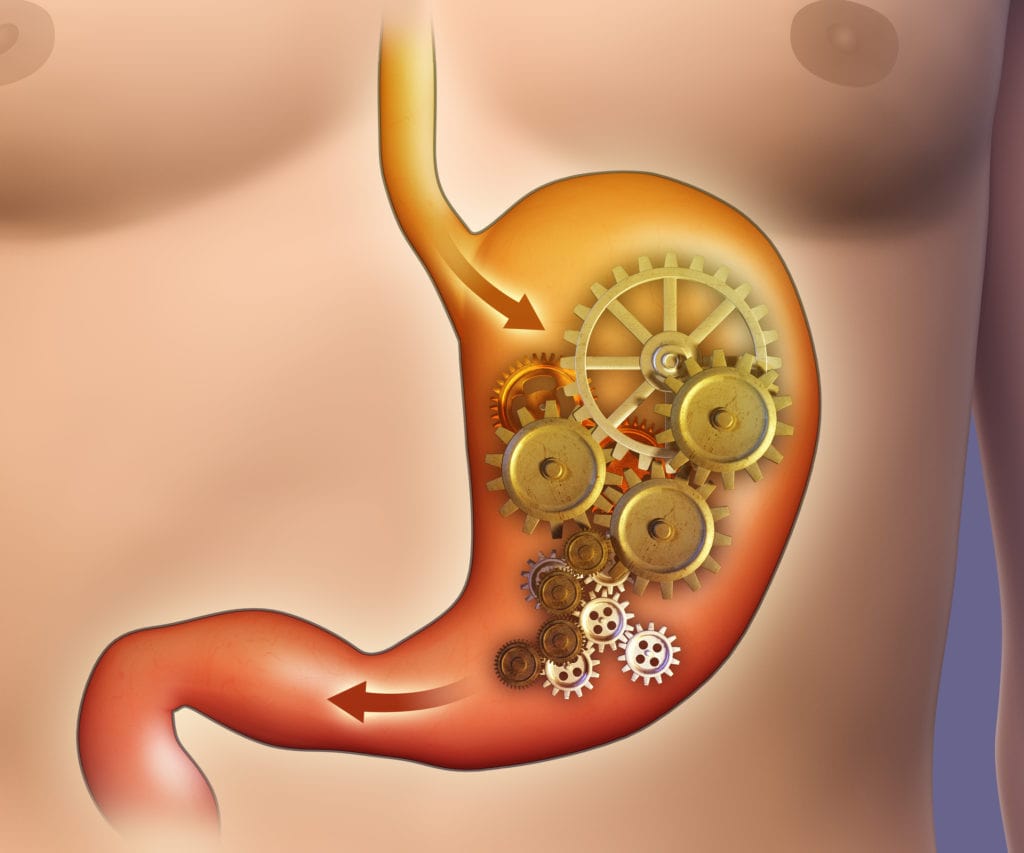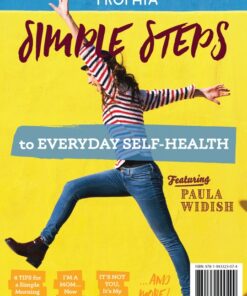Every once in a while, I like to browse through the SRP Historical Archives looking for a random article to read. It’s inevitable that I’ll find some little gem of information that makes me go, “Now that’s interesting!” And that’s exactly what happened the other day.
These articles date back more than 80 years, but I’m often struck by how relevant they still are today. If those poor nutrition-minded educators knew that their message would take so long to get across, I imagine they’d be banging their heads against a wall. How frustrating that would be!
Anyway, back to the article that piqued my interest. Published in the British Medical Journal in 1936, “Nutrition in Health and Disease” by Sir Robert McCarrison, MD, reminds us of some basic nutrition truths that we’ve either forgotten or perhaps never knew to begin with.
McCarrison begins by defining “medicine” and “nutrition.” Firstly, if you were to look up “medicine” in your average dictionary back in the day, you’d find these words: “the science or art of the prevention, treatment, and cure of disease.” You would not find the definition of medicine as the treatment of disease. Yet in this day and age, that’s what it seems to be more and more often. The important distinction being that prevention comes first in the definition provided by McCarrison. A good and noble definition, yes?
McCarrison’s definition of “nutrition,” however, is what really got me. While many of us would define nutrition as “food” or “that which nourishes,” that’s far too simplistic. The distinction McCarrison makes kinda blew my mind a little bit:
“Food is the instrument of nourishment; nutrition is the act of using it—the series of coordinated processes whereby the nourishment of the body is affected.”
While of course this is true, and it always has been, I’d never thought of it like this. “Food is the instrument of nourishment; nutrition is the act of using it…” Freaking brilliant, right? Nutrition is the afterthought, in a sense, of the food choices we make, rather than the food itself. Granted, our bodies can only work with what we give it.
McCarrison goes on to explain:
“[Nutrition] consists in the taking in and assimilation through chemical changes, or metabolism, of materials with which the tissues of the body are built up, their waste repaired, and their deterioration prevented, by which the processes of the body are regulated and coordinated, from which energy is liberated for the internal and external work of the body, and from which heat is generated for the maintenance of its temperature.”
While this all sounds very scientific, it’s really quite straightforward. You eat the food (“the instrument of nourishment”) that you choose at any given time. Then your body converts the nutrition in that food (the vitamins, minerals, and so on) and gets it where it’s needed most so you can function at peak performance. The goal of the human body is always to be at peak performance—and that, as McCarrison makes clear, is the main purpose of nutrition.
What happens when you provide your body with instruments that can’t do the job? After all, you can’t play the flute part in an orchestra with a drum kit. It doesn’t even make sense. Continually sitting down at the drum kit when the conductor really needs you to play the flute is going to make the entire piece fall apart. Over time, the same thing can happen in our bodies, causing disease and dysfunction.
To put it in food terms, the instrument might be a slice of bread. Nutrition begins as your body breaks down that bread. If the components have a nutrition effect, the body will use it well. If the components have a toxic effect, an unbalancing effect, or no effect at all, the body has to deal with getting rid of it, by storing it in liver fat cells or through some other method—one that does not involve improving your health.
According to McCarrison, this is the sequence of events that lead to disease: “faulty food, faulty nutrition, faulty function, faulty structure, faulty health, disease.” With lifestyle diseases being so prevalent so many decades after he wrote this article, we’re either missing the message entirely or turning a blind eye to its importance.
What I’ve just shared only covers a small part of McCarrison’s article, but it certainly has me revisiting my definition of nutrition. Now I know that nutrition doesn’t stop at choosing nutrient dense foods. Rather, those foods must also allow each of my body’s systems to work efficiently and properly. And if they don’t, I need to pay attention to which instrument (food) my body is trying to cue onto my plate.
If you’re ready to take a fresh look at the way you define nutrition, I urge you to read McCarrison’s article in full. You’ll find many gems that will help you build up your self-health education, such as:
- Foods that provide all of the nutrients the body needs to be at its healthiest.
- Nutrients that can help fight of infections.
- A discussion of the GI tract from a mid-1930s perspective.
- The impact deficient diets on fertility.
The Historical Archives are strewn about with many, many more gems, so while you’re there, I encourage you take a look around and see what else you find.
Image from iStock/monkeybusinessimages (main), Andreus (post).


